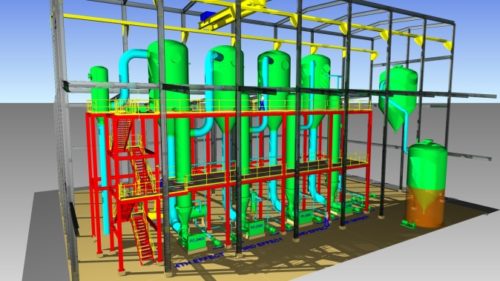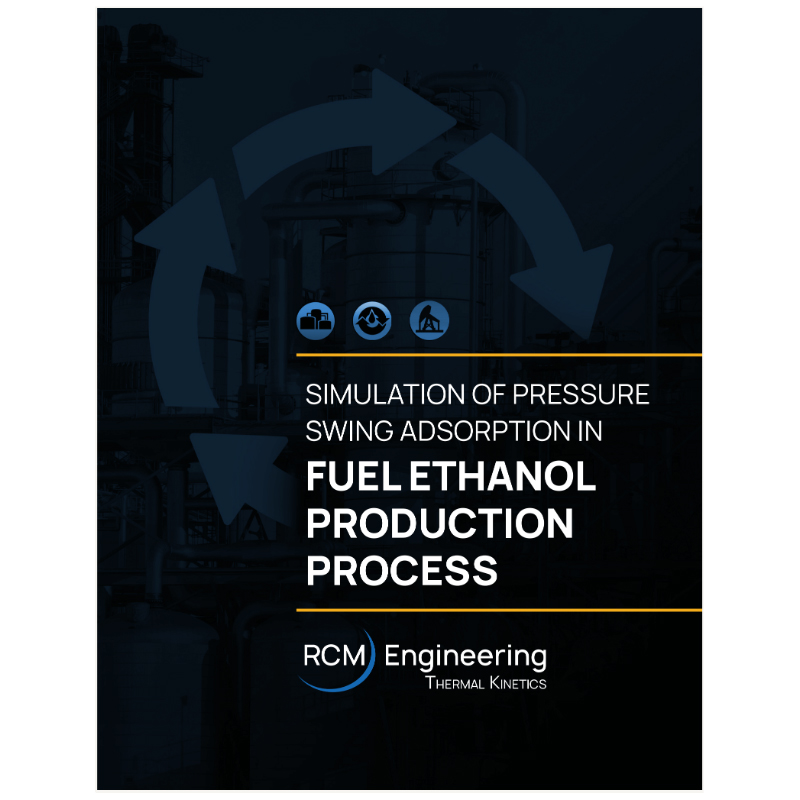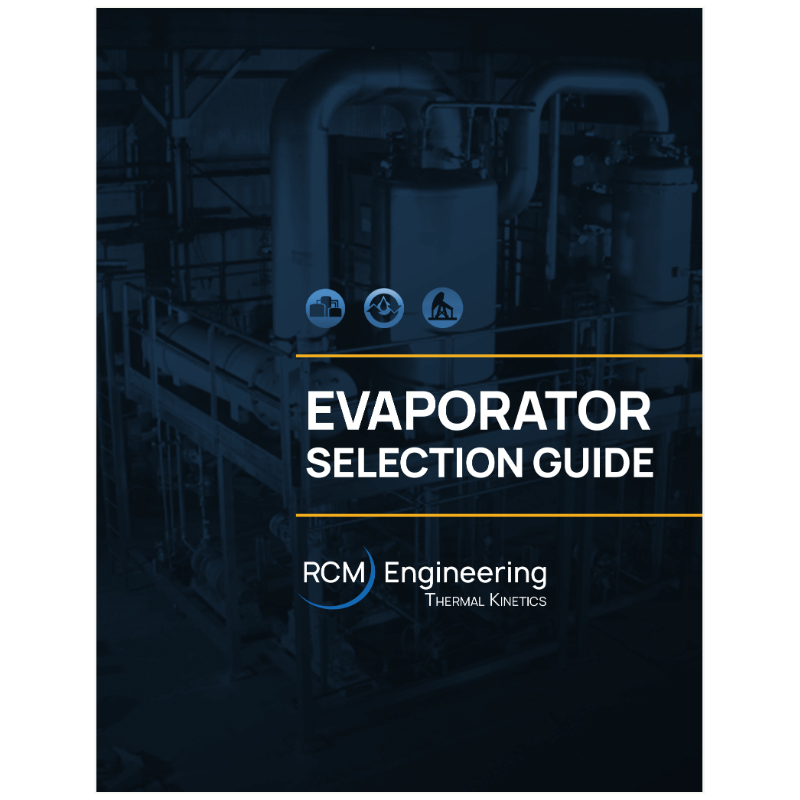Crystallization is a process by which a liquid transitions to the solid phase. The molecules of the liquid, when subjected to appropriate physical conditions (temperature, pressure, residence time, agitation, etc.), arrange themselves in highly organized, tightly bonded structures. These are called crystals, and the pattern of arrangement, or the crystal lattice, depends on the characteristics of the material involved.
Aside from reactive crystallization, which involves chemical processes, crystallization of a given substance can be achieved through evaporation or cooling. In both cases, the process involves separating out the compound involved from a solution. In evaporation, the solvent is removed by heating the solution until the solvent is evaporated; in cooling crystallization, the solution is cooled until the solubility of the compound involved is reduced, causing it to separate from the solvent through crystallization. The choice of one process over another depends on the specific behavior of the compound involved and product characteristics required.
Evaporative Crystallization
 In evaporative crystallization, the solution containing the solvent and the soluble component to be crystallized is heated until the solvent evaporates. The evaporation of the solvent causes the molecules of the soluble compound to separate out as crystals due to the higher concentration exceeding the chemical compound’s solubility. This is the most popular method of crystallization, especially when working with common compounds such as inorganic salts and sucrose. Steam is typically employed as the heat source, and forced circulation is usually integrated into such crystallization units. Since evaporation is the key process involved, the transition takes place at practically isothermal conditions.
In evaporative crystallization, the solution containing the solvent and the soluble component to be crystallized is heated until the solvent evaporates. The evaporation of the solvent causes the molecules of the soluble compound to separate out as crystals due to the higher concentration exceeding the chemical compound’s solubility. This is the most popular method of crystallization, especially when working with common compounds such as inorganic salts and sucrose. Steam is typically employed as the heat source, and forced circulation is usually integrated into such crystallization units. Since evaporation is the key process involved, the transition takes place at practically isothermal conditions.
Thermal Kinetics provides evaporative crystallizers for both small and large-scale applications. Our Draft Tube Crystallizer uses continuous vacuum evaporation, in which a draft of the mixture is pushed up through a supersaturation zone at the liquid surface as vapor is released to cause crystallization. Mild heating of the walls prevents any crystal formation on the tubes, and moderate control over crystal size can be achieved with this model.
Our Submerged Circulating Crystallizer is used for continuous processing when larger quantities must be handled. A heat exchanger is employed to transfer heat from the hot steam or vapor heated shell side to the solution. This type of crystallizer allows small, pure crystals to be formed, and is well-suited to large-scale applications in which good control over crystal size and uniformity is required.
Cooling Crystallization
In most solutions, the solubility of the compound increases with rising temperature. As saturated solutions cool, the mixture becomes supersaturated and crystallization starts. The major advantages of cooling crystallization are very high uniformity of crystal size and energy efficiency. With heat input for evaporation eliminated, a tremendous energy savings is established. A common method of cooling crystallization is flash cooling, in which a part of the liquid is evaporated, thus removing the latent heat and allowing for cooling. Warm feed solution is circulated and cooled over time by progressively reducing the pressure in either a batch or continuous fashion. This may also be employed in combination with an evaporation system.
Thermal Kinetics offers three unique methods for cooling crystallization. A Vacuum Cooling Crystallizer is employed when tight control over crystal size is required. It can be operated continuously or in batches, and allows for better control over crystal size when operated in batch process.
The Continuous Cooling Crystallizer is useful when the initial solution is in the form of a slurry. This crystallizer can employ a centrifuge to dilute the solution before cooling.
Finally, the Scraped Surface Crystallizer uses its chilled walls to facilitate solution crystallization, which occurs on the wall surface. Moving blades then remove the crystal from the walls of the unit. These crystals are reintroduced to the solution so that they grow, and the resulting slurry is then separated using a centrifuge.
Learn More
Thermal Kinetics provides industry-leading engineered process solutions for a wide range of applications. Our deep technical expertise makes us an ideal partner for any kind of crystallization job, and we’re well-versed on all associated crystallizer components. Our modular design and support services allow for seamless onsite installation.
To learn more about evaporative crystallizers and cooling crystallizers, or discuss options for your unique application, reach out to the TKE team today.




